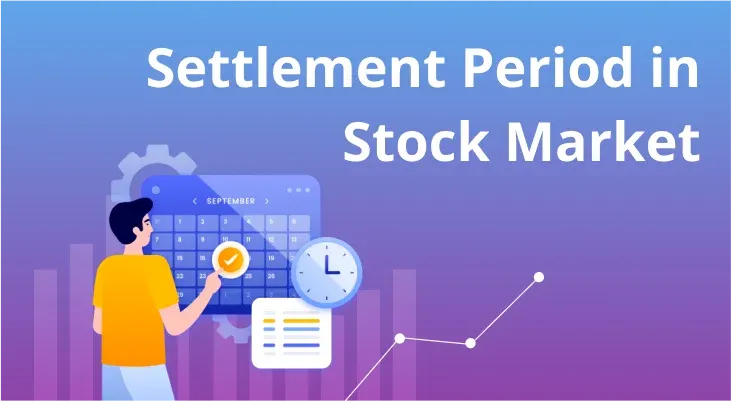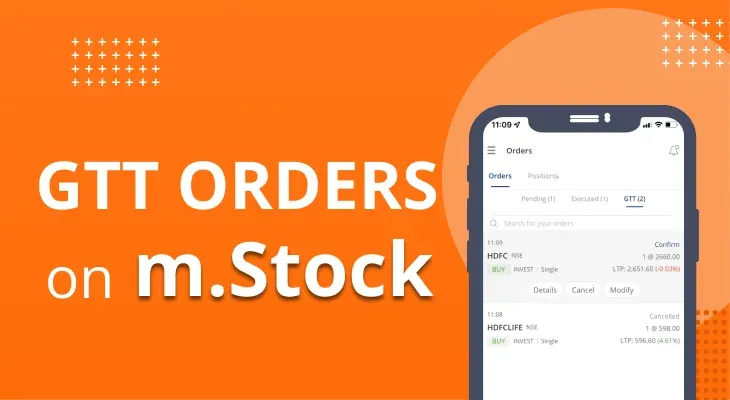
What is settlement in the stock market, and how does it work?
The concept of settlement is a fundamental aspect of stock market investments, yet many people don’t understand how it works.
Understanding how settlement periods work is crucial for investors and traders who want to manage their investments and financial risks effectively. In this article, we will provide a comprehensive overview of the settlement period, how they work, and the importance of settling transactions in a timely manner.
What is the settlement period?
The settlement period is the duration between placing the order and the actual delivery of securities into the investor’s demat account. With the advent of online trading, the trading industry has been revolutionised in many aspects making it more time and cost-efficient for sellers and buyers to trade securities. For most securities, the settlement now occurs in one business day from the day the order was executed, or T+1 (T referring to the transaction day).
History of the settlement period
The length of the settlement period has evolved over time. In 1993 the Securities and Exchange Board of India (SEBI) reduced the settlement period from five to three business days for most of the securities. However, keeping with the technology driven era, in 2017 SEBI further reduced the settlement period to two business days. Today, in 2023, the cycle has been brought down to T+1 for most of the securities. Read further to understand how the settlement period works and the processes involved.
What is the settlement date?
The settlement date is the day when the purchase or sale of your securities concludes. For instance, if you place the order for buying stocks on 9th December and receive them on 11th December, then the latter date will be considered as the settlement date. The duration between placing the order and the final settlement is called the settlement period.
Types of settlement dates
Settlement dates vary according to the type of security you purchase or sell. Following are some of the common types of settlement dates:
Bonds, Stocks And ETFs
The final transaction happens within 2 business days (T+2) after placing the order. However, in 2022, SEBI announced that it would implement the T+1 rolling settlement in a phased manner. Since February 2022, stocks have moved to the T+1 settlement. From 27th January 2023 onwards, the final batch of securities including stocks, bonds and ETFs have moved to the T+1 settlement cycle
Mutual Funds
Depending upon the company and what type of fund you choose, it takes about 1-2 business days for the final settlement. For example, equity and debt MFs settle within 1 day, while the rest might take 2 days to settle.
How a settlement works
When you sell stocks from your demat account, the shares become unavailable for further transactions and are earmarked for settlement.
The earmarked shares are then transferred to the buyer’s demat account before the T+2 day.
In order to process the pay-in, the reserved shares are debited from your demat account on the settlement day and are moved to the clearing corporation.
Against the debit of such shares, you will receive a credit for the sale in your linked bank account after deducting all applicable charges such as, brokerage fees, transaction fees and taxes as applicable.
Examples
T+2 Settlement
You bought bonds or stocks on Wednesday, i.e., Transaction (T) day. The securities will be credited to your demat account on Friday, i.e., T+2 days.
On the other hand, If you are the seller and sold your stocks on Wednesday, in that case, you will receive 80% of the amount immediately in your trading account. The rest of the amount will be credited at the end of the transaction (T) day. You can use this amount to immediately buy other stocks. But it can only be withdrawn after the settlement is complete i.e. after (T+2) days.
T+1 Settlement
You purchase/sell the stocks on Wednesday, i.e., Transaction (T) day.
You will receive the stocks/amount on Thursday, i.e., T+1 day.
FAQ
What is the duration of the settlement period in India?
The settlement period in India ranges between 1 to 2 days after initiating or executing the transaction. In the case of stocks, bonds and ETFs, SEBI has mandated T+1 days for settling the transaction. In the case of mutual funds, it ranges between 1-2 days, depending upon the type of fund being purchased.
What is meant by T+2 in the settlement period?
T represents the date of the transaction. T+2 means 2 business days after the transaction has been initiated or executed.
What if the settlement could not be finalised within the settlement period?
If the settlement is not finalised due to delay or error within the said period, then the settlement period will be extended till the transaction is not completed.


